

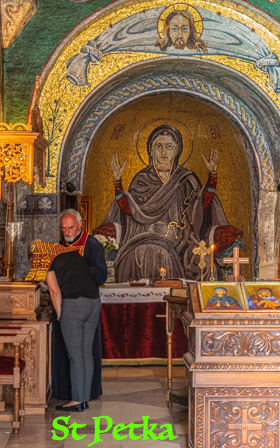
|
The current Chapel of Saint Petka, named after an 11th century Serbian ascetic female saint, was built in 1937. Located near a well considerd to contain holy water the current chapel was preceded by a cave chapel. While building the foundations, bones of Serbian soldiers killed defending Belgrade during WWI were unearthed. They were re-interred in an specially build ossuary under Jaskic's Tower. |
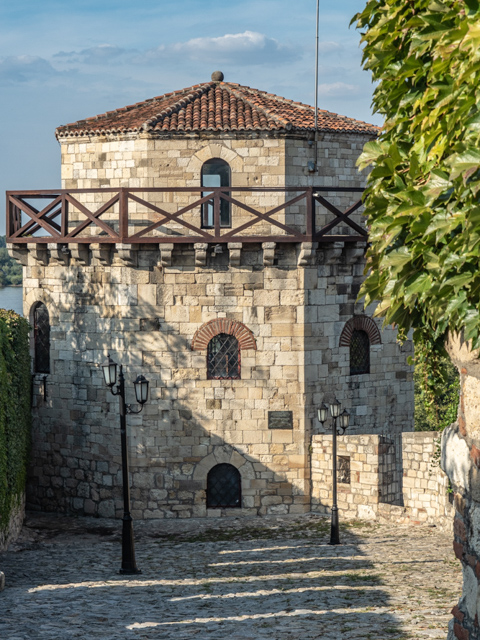
For me, Saint Petka's Chapel was an accidental discovery. I came to the vicinity to explore Belgrade Fortress, which is located at the confluence of the Sava and Danube Rivers.
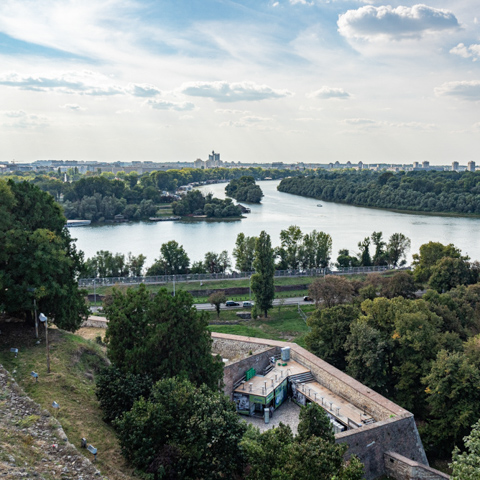
I spent and hour or two exploring the fortress grounds and the Orthodox Ruzica Church. Emerging from the church I wandered a little and noticed a small chapel. Only half interested, I enter.
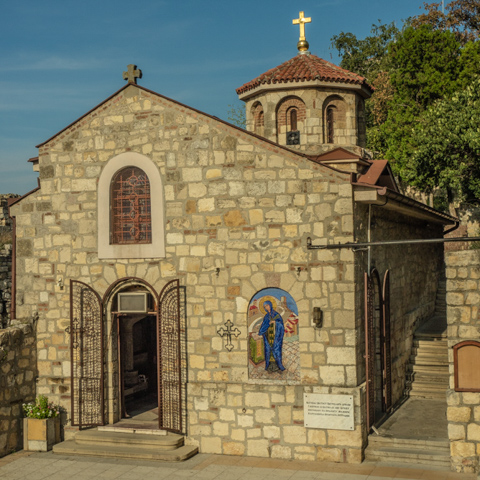
Stepping inside I was awe-struck by mosaics. All surfaces are almost completely covered. Designed by Djuro Radulovic, they were installed from 1980 to 1983.
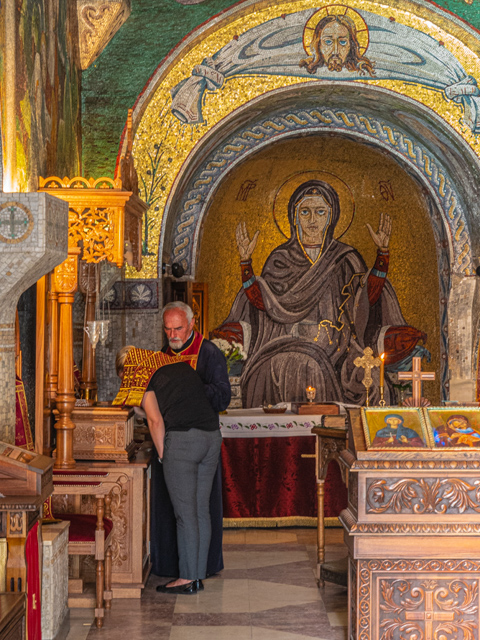
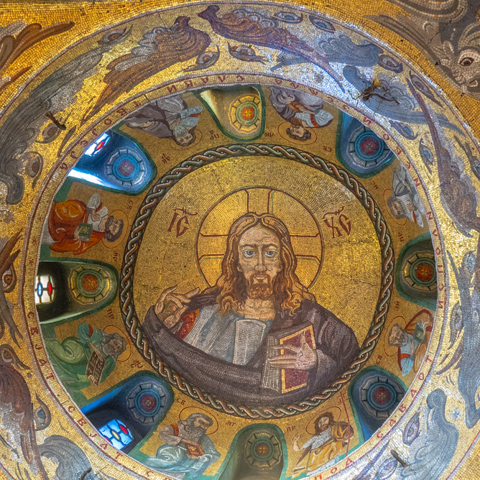
Several reverse osmosis machines were treating the holy water for bottling and sale. Thirsty, I brought a bottle. Bottles were shaped like a rectangular cube with a bas-relief of the chapel front exterior on each side. It would have made a nice souvenier if I did not lose it.
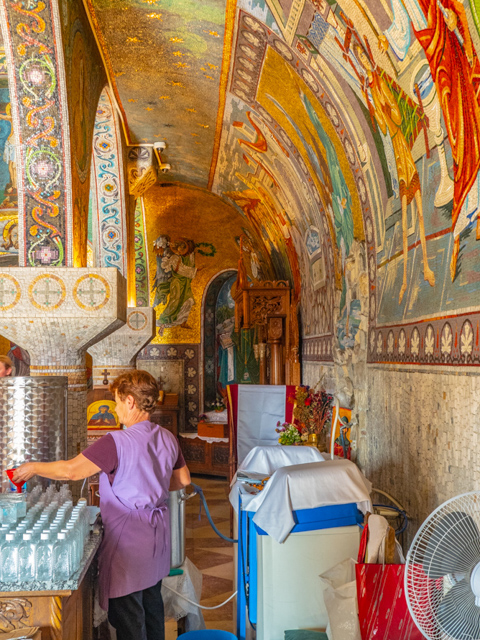
In an external section of the chapel was an area for the lighting of candles.
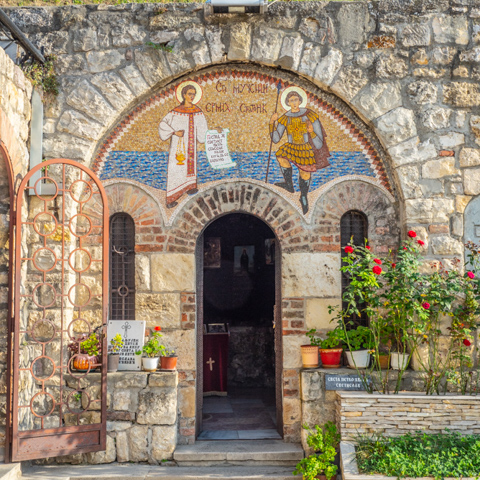
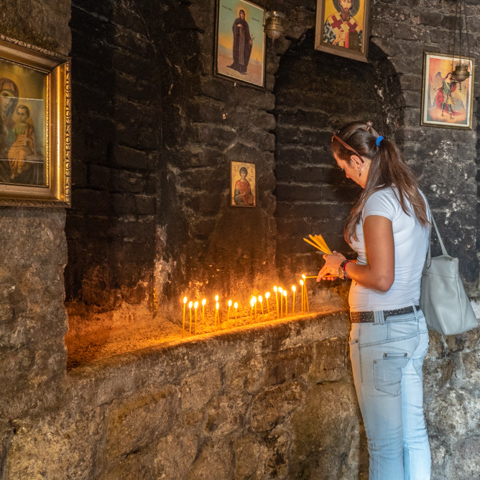
Saint Petka's Chapel is a little gem, the highlight of my visit. And to think I almost overlooked it. Makes me wonder what other places I may have overlooked.